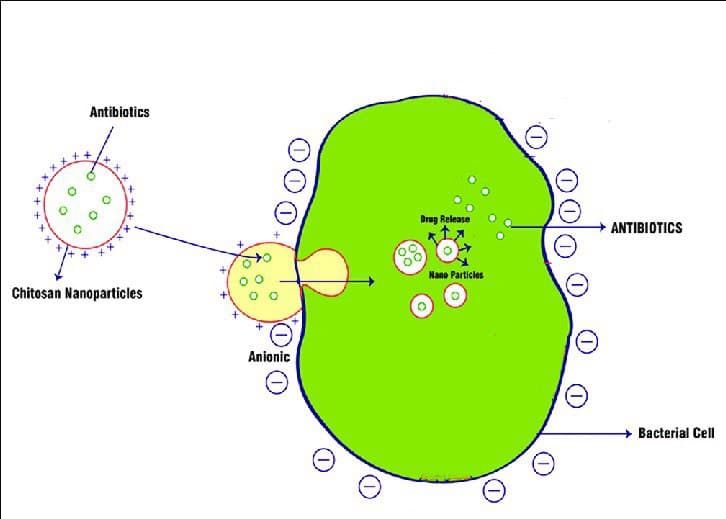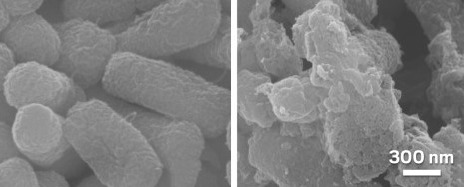The Centers for Disease Control and Prevention (CDC) calls antibiotic resistance “one of the biggest public health challenges of our time.” But what is antibiotic resistance? How is it affecting our lives? and How can we use nanoparticles to fight it?
Antibiotic Resistance Crisis:
Antibiotics are powerful medications that are widely used for the treatment of infections caused by bacteria by either killing them or inhibiting their reproduction. However, taking antibiotics too often or for the wrong purpose caused bacteria to evolve various antibiotic resistance mechanisms that defeat the actions of antibiotics.
Some bacteria have developed resistance to nearly all the antibiotic treatments available. Infections by these antibiotic-resistant bacteria can result in serious fatal diseases that were once easily treatable with antibiotics.
Without the invention of new strategies to counteract drug-resistant infections, they are likely to kill more than 10 million people each year by 2050. This is more than the number of people currently dying from cancer.

Bacterial Resistance to Antibiotic Drugs, Source: phys.org
Ongoing researches are analyzing the ways nanoparticles (small particles ranging between 1 to 100 nanometres in size) can be used to defeat antibiotic-resistant bacteria. The size of nanoparticles which is about 1/100 of bacteria and their flexible antibacterial properties make them a favorable solution to this problem since they can be used to not only deliver antibiotics but also to fight bacteria themselves.
Using Nanoparticles as Antibiotic Carriers:
According to this research, some nanoparticles have the ability to penetrate into the bacterial cells while carrying the antibiotic agents. They protect the carried antibiotic physically against the bacterial resistance mechanisms, for example by saving the antibiotic from bacterial released chemicals that can otherwise destroy them.

Chitosan (a type of fiber) nanoparticle can be used to deliver antibiotics to inside the bacterial cells. This nanoparticle possesses a positive charge making it able to attach to bacterial cells that have a negative charge on their membrane (outer layer of the cell). Source: ResearchGate
Using Nanoparticles as Antibiotic Drugs:
Nanoparticles can also defeat bacteria directly by themselves using mechanisms such as the generation of reactive oxygen species (ROS). ROS are unstable molecules that can easily react with other biomolecules (DNA, protein, etc.) in a cell, disrupt them, and cause cell death.
Recent research recorded severe cellular damage in 5 different types of bacteria when treated with silver nanoparticles. As they reported, an increase in ROS formation leads to damage to bacterial biomolecules resulting in the death of bacteria.

E.coli (a type of bacteria) (left) is severely damaged when treated with a special virus-like nanoparticle (right). Source: pubs.acs.org
Nanoparticles appear to be a promising solution to address the problem
of antibiotic resistance; however, the main factor that limits the use of nanoparticles in treatments is that researchers often face side-effects related to nanoparticle toxicity for living organisms. For instance, some metal nanoparticles can cause heart problems or even cancer when inhaled.
The ways through which nanoparticles can produce toxicity need to be investigated in future researches in order to develop safe and efficient antibacterial nanoparticles.
– Samin Shadravan
